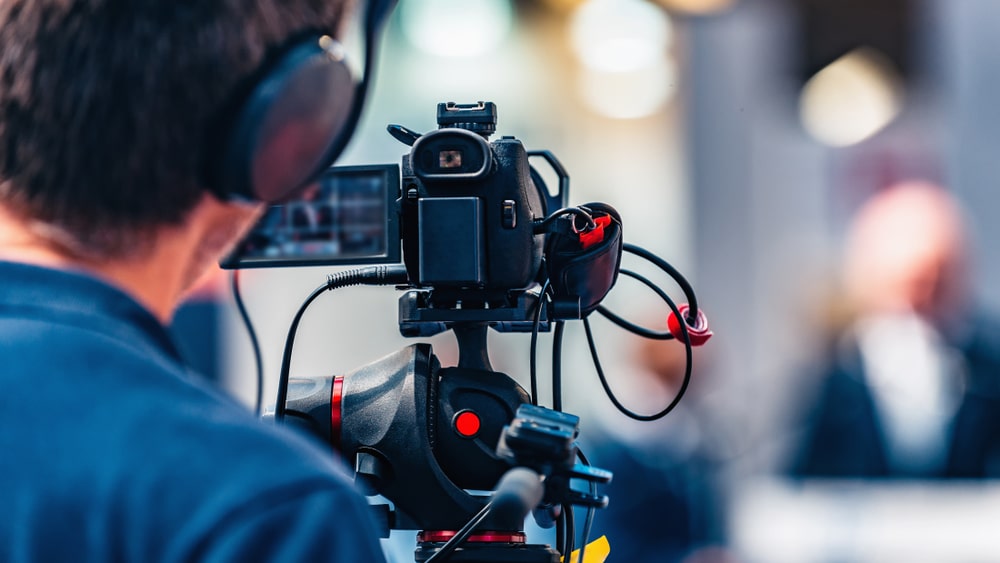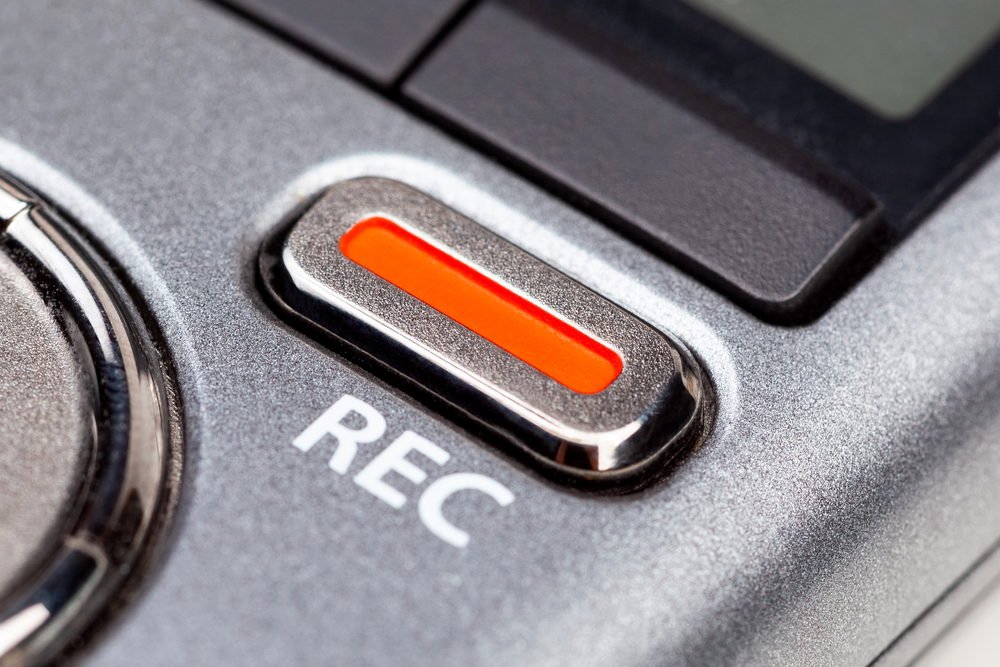Legal Videography: A Comprehensive Guide to Recording Depositions
Legal Videography: A Comprehensive Guide to Recording Depositions
Blog Article
Important Elements of Lawful Videography for Reliable Documentation
Lawful videography plays a critical role in the documents of important events within the justice system, where precision and quality are extremely important. Secret aspects such as the implementation of high-definition cameras, adherence to lawful requirements, and efficient location looking significantly affect the top quality and reliability of the video. A videographer's expertise and interest to information can greatly enhance the evidentiary value of the videotaped material. Legal Videography. As we check out these crucial aspects, it comes to be evident that the nuances of this practice can have significant effects for lawful outcomes. What might those ramifications require?
Relevance of Lawful Videography
Lawful videography plays an essential function in the judicial process by providing a trusted visual record of testimonies, depositions, and various other substantial events. This visual documentation serves numerous essential functions, most significantly improving the integrity of proof offered in court. Unlike created transcripts, video recordings capture non-verbal cues, such as body language and emotional responses, which can dramatically affect a court's assumption of a witness's dependability and truthfulness.
Moreover, lawful videography help in protecting the honesty of complicated situations, making sure that nuances are accurately represented. This comes to be especially vital in instances including expert statement, where visual aids can illuminate complex ideas that might be challenging to share with text alone.
Furthermore, the use of videography can improve trial process. By enabling jurors to view recordings instead of counting exclusively on copyright, the process can come to be a lot more effective and less prone to false impression.
Technical Demands
To successfully capture top quality video clip in a legal setup, certain technological demands have to be satisfied. First and foremost, the selection of cam is crucial; it ought to have high-definition capabilities, ideally 1080p or greater, to make sure clarity in visual paperwork. Additionally, the camera ought to have a dependable zoom function to capture details from numerous ranges without compromising image quality.
Lights is another vital aspect. Natural light is chosen, however additional lighting might be essential to remove darkness and guarantee all individuals are adequately lit up (Legal Videography). Soft, diffused lights can assist create a professional appearance while avoiding severe contrasts

Last but not least, steady recording devices is important. A tripod or other stablizing equipment must be employed to avoid unsteady footage, which might interfere with the professionalism and trust of the documentation. Satisfying these technological needs will considerably improve the top quality and effectiveness of lawful videography.
Compliance and Legal Requirements
In the world of legal videography, adherence to compliance and legal standards is paramount to ensure the honesty and admissibility of taped products in court procedures. Legal videographers must be fluent in the relevant laws and policies controling the documentation of evidence. This includes comprehending the regulations of evidence, which dictate how video clip recordings can be utilized in court, along with privacy regulations that protect the legal rights of individuals caught on video clip.
Furthermore, videographers ought to get proper permission from all events associated with the recording procedure. This not only promotes openness yet likewise safeguards versus possible lawful consequences. Compliance with i was reading this state-specific regulations is just as important, as the legal landscape varies dramatically throughout territories.
Furthermore, preserving high standards of technical top quality is essential, as inadequate audio or visual quality can lead to obstacles regarding the credibility of the footage. Videographers need to also keep thorough records of the chain of protection for all video products, making certain that they can show the authenticity and integrity of the recordings if examined in court. In essence, conformity with lawful requirements creates the structure of effective and reliable legal videography.
Finest Practices for Videographers
Sticking to conformity and lawful criteria establishes a strong structure for efficient lawful videography, but ideal practices better boost the high quality and integrity of taped materials. Videographers must use high-quality tools, including cams with enough resolution and sound catching gadgets that minimize history noise. This makes certain quality in both acoustic and visual elements, which is critical for lawful documentation.
Second of all, correct lights is vital to prevent shadows or too much exposure, consequently maintaining the stability of the footage. Videographers need to hunt the location in advance to determine optimal lighting conditions, changing as required.
In addition, cautious framework and composition are vital. Topics must be centered within the frame, and any type of pertinent products or displays ought to be this post clearly noticeable. This not only help in clearness yet additionally aids in communicating context during lawful proceedings.
Additionally, keeping a neutral demeanor and preventing individual prejudices while taping improves the professionalism and reliability of the videographer. Interest to detail in editing and enhancing, consisting of seamless transitions and clear labeling of documents, ensures that the final product is not just refined yet also very easy to navigate for lawful groups. Abiding by these finest practices ultimately supports the purposes of lawful documentation.
Enhancing Evidentiary Value
Enhancing the evidentiary value of lawful videography calls for a critical technique that prioritizes both credibility and quality. Lawful videographers have to make certain that the video paperwork accurately reflects the conditions, events, or testaments being taped. This begins with the option of high-quality tools that captures clear audio and aesthetic aspects, lessening distortion or disturbance that may threaten integrity.
Moreover, precise attention to information is paramount. Videographers must develop a stable video camera placement, make use of appropriate lighting, and stay clear of any unneeded edits that could be perceived as altering the original material. Preserving a neutral viewpoint throughout recording assists maintain the credibility of the proof.
Furthermore, correct documentation of the recording process-- including date, time, place, and any type of appropriate contextual information-- can substantially bolster the evidentiary weight of the video clip. This metadata acts as an essential reference factor for credibility.

Verdict

Lawful videography plays a crucial role in the documentation of important events within the justice system, where precision and clearness are extremely important.In the world of lawful videography, adherence to conformity and lawful criteria is vital to guarantee the integrity and admissibility of taped products in court procedures. Legal Videography. In significance, compliance with legal requirements creates the structure of dependable and reliable lawful videography
Sticking to compliance and legal criteria develops a solid foundation for effective legal videography, yet best methods better boost the quality and integrity of recorded materials.In conclusion, the relevance of lawful videography lies in its capability to provide clear, reliable documents for legal procedures.
Report this page